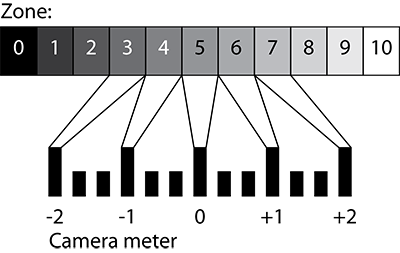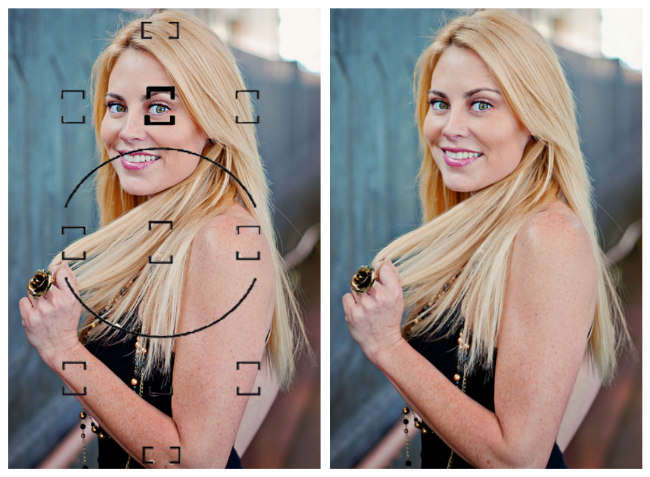

Ansel Adams was born in 1902 in america he is very well known for his black and white landscape photography. The zone system divides the tones from white to black and all the grays in between into 11 zones, neutral grey being the middle zone. The camera is designed to give correct readings under circumstances This means that a camera would look at the the scene and try to render it is as average reflectance 18% which is middle grey, however when a scene has too much brightness in it the camera tries to render it as average so it causes a under-exposures, When a scene contains to much darkness the camera tries to render it as average causing an over-exposure,
Indecent light meter

An incident light meter is an hand held light meter that measure the light around the subject to create the perfect exposure by telling you what camera settings are needed after taking the reading from the light around you, This is a very accurate way of measuring light. Thiis mainly used where you have controlled lighting such as studio lighting while doing product photography, fashion photography and still life.

Reflective light meter is within your camera this is similar to the indecent light meter however this is done automatically when pointing your camera towards the light this tells you if you image is going to be over exposed or under exposed this has an average reading of 18% grey and it goes from this reading every time however there are different modes you can used within your camera when using this light meter.
Metering modes
Matrix

This is done by splitting the image up into zones and then takes an average reading, analyzing the shadows and highlights for each zone then determines the exposure on that figure, Depending on the manufacture, matrix metering may average only a handful of zones or more than thousand of them other factors are all considered such as the point where you have focused the distant between the camera and the subject and also the colours in the scene.This metering system is good for when you're outside and need to take a shot quickly. This is the default metering setting for most photographers as this is known as the "set it and forget it" system as it is the best one to use if you are not very comfortable and confident using different kind of metering system.
Centered

Center metering gives the most importance to light usually 60 and 80 percent to the light that is concentrated in a circle area in the center of the frame, around this circle are given less importance though they are usually included in a small degree. Some cameras may allow you to adjust the size of the circle. This is usually known as the most consistent way of metering as most subjects are normally in the center of the frame and not off to the edges. This is really good to use for portraits as it will make sure the subject is correctly exposed. This is good to use for scenes when you feel you will need more control over where the camera measures its exposure.
Spot

when spot metering the light is in a much smaller part of the image usually in the center is measured and the exposure is set based on that reading this is usually a spot using up 1 to 5 percent of the total image In some cameras you may be able to change the metering spot of which you wish to expose from. This is very accurate as it gives you a reading from a very small part of the image. This is most useful for shooting high contrast scenes where your subject may be in shadow or washed out by bright highlights. This is good for shooting things from a distant or macro photography. This is also helpful when you have an evenly lit image but the subject is a lot darker than the back ground.
No comments:
Post a Comment